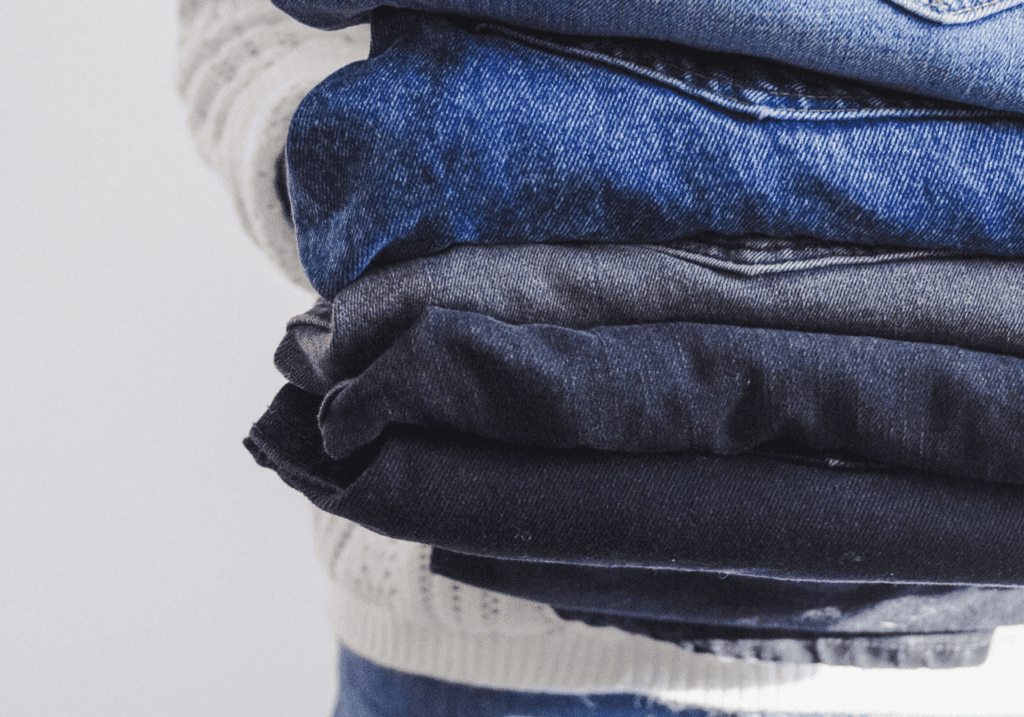Have you ever wondered what happens to the bags of old clothes you carefully deposit into the charity bin at the end of the street or within the bustle of a supermarket parking lot? It is easy to imagine that those garments are transformed into fresh, wearable fashion, but in the United Kingdom (and beyond), the reality is much more complicated. The truth behind clothing donation and recycling is a journey fraught with complexities often not visible to the public eye. In fact, textile waste – the clothing that we all buy, use and dispose of – is a significant environmental problem that often goes unnoticed.
Globally 88 percent of our clothing still ends up in landfills. The mountains of textile waste will be getting higher as garment production rises at an alarming rate. In 2000, global manufacturers churned out 50 million tons of textiles, according to the European parliament. By 2020, this figure had more than doubled to 109 million tons and global textile production is predicted to grow to 145 million tons by 2030.
Clothing Recycling Solutions
Used or unwanted clothing gets collected from various sources, including donation centers, textile recycling bins, charity stores or direct from consumers. Once collected, the textiles undergo sorting at UK facilities based on what type of material it is, color and condition. Garments that are deemed reusable – those that are not stained, soiled, or torn – are shipped to countries in Africa and Asia. However, market sellers in these countries that receive these used garments often complain that the clothing is not fit for resale and ends up in a landfill: A textile sorter and processor based in the east Midlands told me that approximately 40 percent of sorted garments were not fit for reuse and needed a recycling solution.
Fiber-to-fiber recycling is different to reuse. Reuse means that a garment is fit to have a second life and can be donated to charity or resold on websites, such as Vinted. Fiber-to-fiber recycling is the process of breaking down the material of the garments so that it returns to its original state of a fiber, which may resemble pieces of fluff. That is either done mechanically or chemically. Meanwhile, mechanical recycling involves chopping up old clothes into tiny pieces – a bit like shredding paper. Materials are sometimes moistened with water to enhance the tearing process. The fibers are then separated using a process called “carding,” which involves using a machine to comb out and straighten the fibers, ready to be used to make new products. To transform the fibers into textile yarn, mechanically recycled fibers are mixed with virgin fibers – because these new fibers are longer, they add strength to the yarn when spun.
Still yet, chemical recycling involves breaking down fragments of old clothes into smaller parts, which are then cleaned and purified using filters and separators. Chemical solvents are then used to break down polymers, remove dyes, and dissolve other additives. Once clean, broken down fibers can be spun to make new yarn, just like making cotton from scratch, and this recycled yarn can be woven into fabric using industrial weaving machines.
Transforming Textiles
Mechanical recycling produces short lengths of fiber and results in poor quality yarn. Relying on raw virgin fiber to add length and strength can be costly. Chemical recycling of polyesters, which are made from plastic, can create harmful tiny particles of microplastics in the air and waterways. Volatile organic compounds – chemicals that exist in gaseous form – can be inhaled and cause health problems, such as damaged liver, kidneys and central nervous system, and cancers affecting the lungs and blood. The process also emits carbon dioxide and methane, both greenhouse gases that contribute to global warming.
Expanding these recycling methods is expensive and potentially damaging to the environment. As such, systematic change begins when influential fashion brands reduce overproduction and waste by streamlining their production processes and designing products that are easy to recycle as part of a more circular economy. And while green chemistry and circular design solutions could make recycling textile waste more efficient, more effective and safer for humans and the planet, the issue of excess waste still needs to be addressed. As shoppers, we can all make a difference by being mindful of our purchasing habits, appreciating the clothing we already own and repairing items instead of discarding them.
Sajida Gordon is a Researcher for the Clothing Sustainability Research Group and a Lecturer at Nottingham Trent University. (This article was initially published by The Conversation.)











